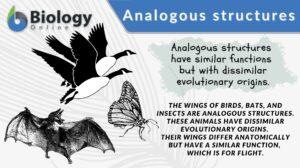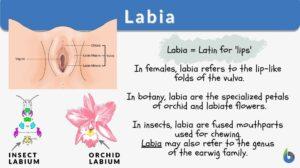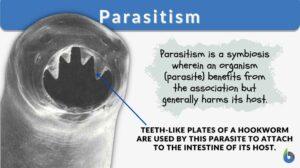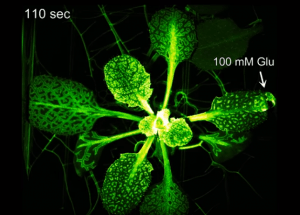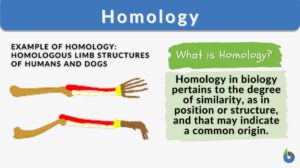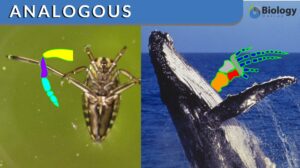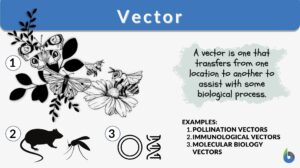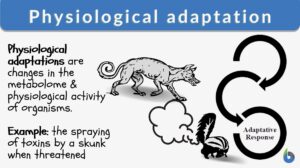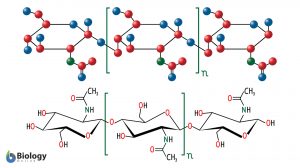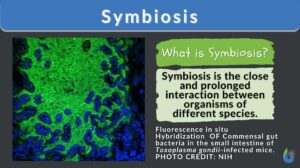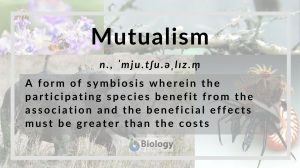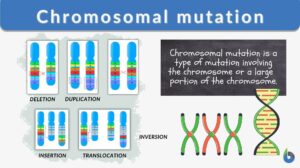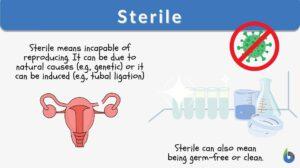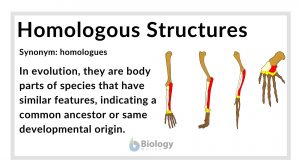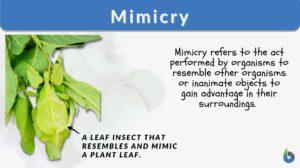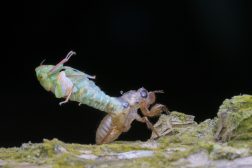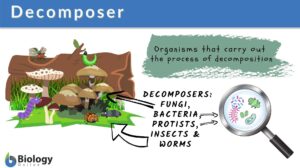Search Results for: insect
Insect Behavior
Insect Behavior Definition An insect behavior refers to the various actions of an insect in response to a stimulus or to... Read More
Insect control
Definition noun A method of controlling insect population, such as by chemical, biological, or other means Supplement There... Read More
Analogous structures
Analogous Structures Definition In evolutionary biology, analogous structures are biological structures having similar or... Read More
Entomology
Definition noun The scientific study of insects Supplement Entomology is a branch of biology dealing with the study of... Read More
Entomologist
Definition noun A scientist of entomology; a person scientifically studying insects Supplement Entomology is a branch of... Read More
Parasitism
Organisms depend on different sources of food to survive. Larger organisms like plants make their own food (autotrophs) and... Read More
Plant sets off “SOS” for plant defense when it gets hurt
When herbivore, such as an insect, nibbles a plant leaf, the plant sets off an "SOS" or distress signal as one of the... Read More
Physiological adaptation
If we look over evolutionary history, we find that it’s neither the most genius and intelligent nor the strongest and the... Read More
Ectoparasite
Definition noun, plural: ectoparasites (parasitology) A parasite that lives outside the body of the... Read More
Seed Plants
There are two main subdivisions of seed plants—the ones without covered seeds, the gymnosperms, and the ones with covered... Read More
N-acetylglucosamine
Definition noun An amino sugar derivative of glucose, with a chemical formula of C8H15NO6, and serves as a major component... Read More
Chromosomal mutation
Every living thing is made up of DNA. Our DNA is what makes us unique and different in the world. Our DNA is made up of... Read More
Abiotic factor
An abiotic factor is a non-living element of the environment that influences the way organisms and ecosystems function. Some... Read More
Subcutaneous filariasis
Definition noun A type of filariasis caused by adult filarial worms that dwell in the subcutaneous layer of the... Read More
Homologous structures
Homologous Structures Definition What are homologous structures? In biology, homologous structures are physical features... Read More
Arthropodology
Definition noun A biological discipline that studies arthropods Supplement Arthropodology is a biological discipline that... Read More
Growth Patterns
When measuring growth, it is more desirable to use dry mass as a reliable indication. However, since you can't just 'suck'... Read More
Decomposer
Decomposer Definition The organisms that carry out the process of decay or breakdown of the dead organism are known as... Read More
Macrophytes
Introduction Examples of Macrophytes. (Source: Canada's AquaticEnvironments) ... Read More
New Zealand’s Biodiversity
Written by: Maria Victoria GonzagaPeer-reviewed by: Cathy Buntting, Ph.D. and Andrea SoanesWhy is New... Read More


